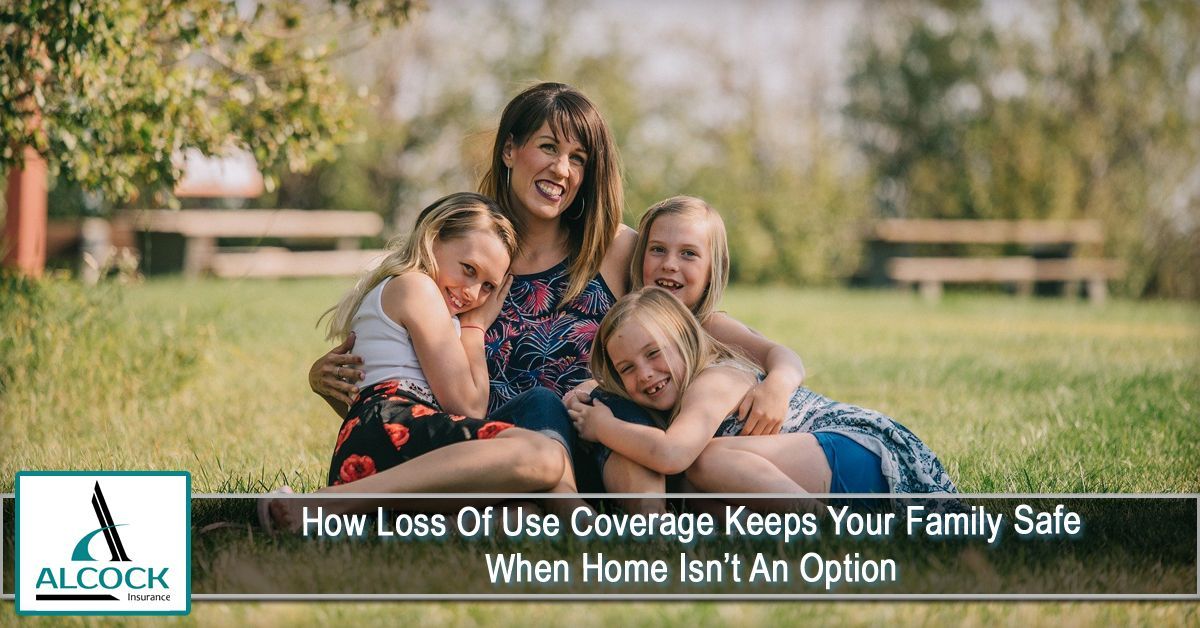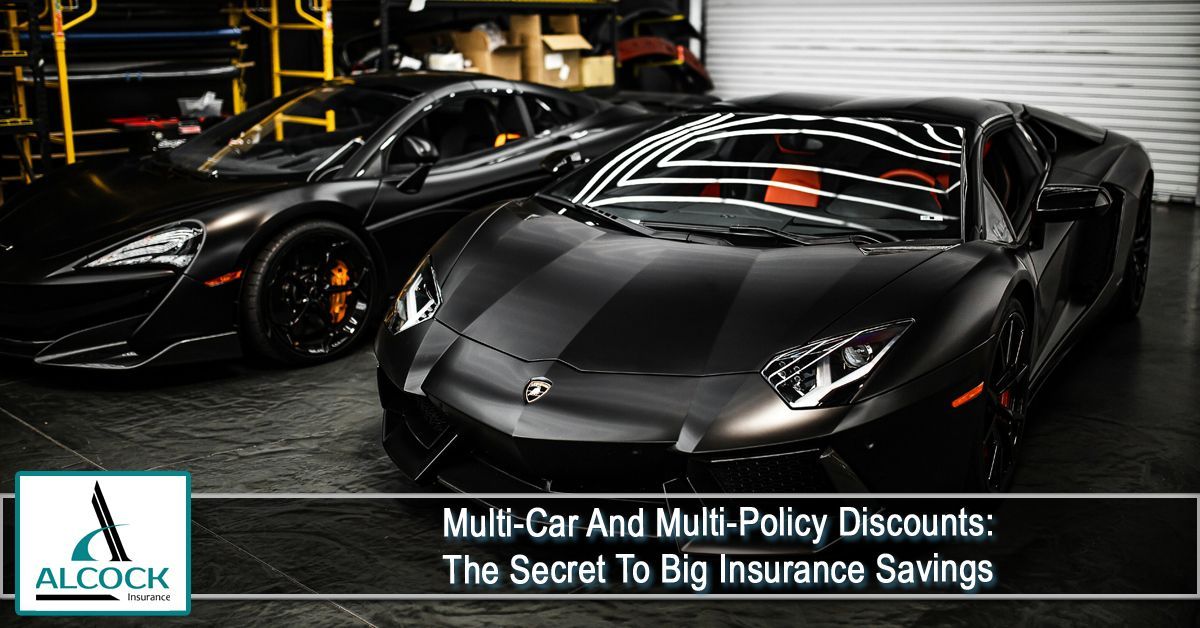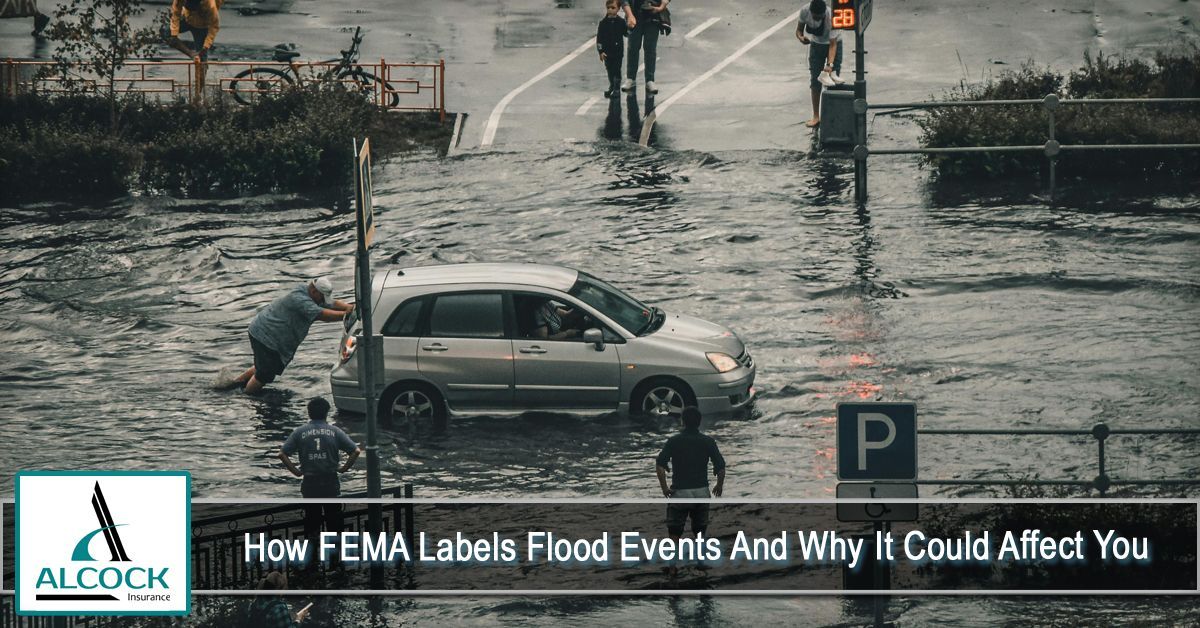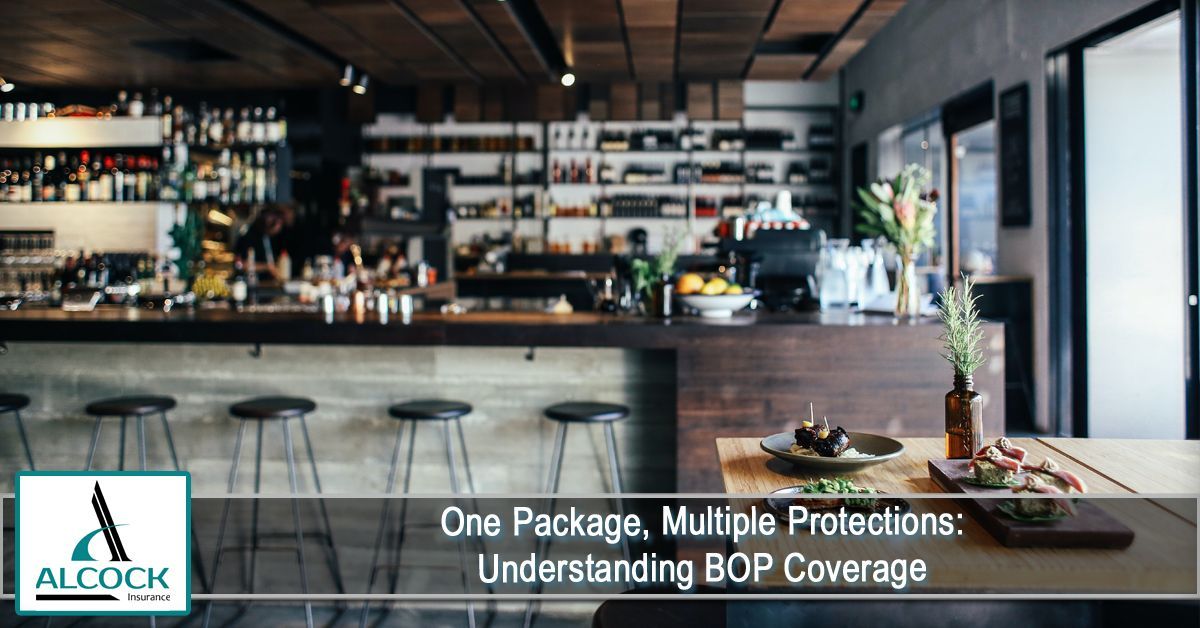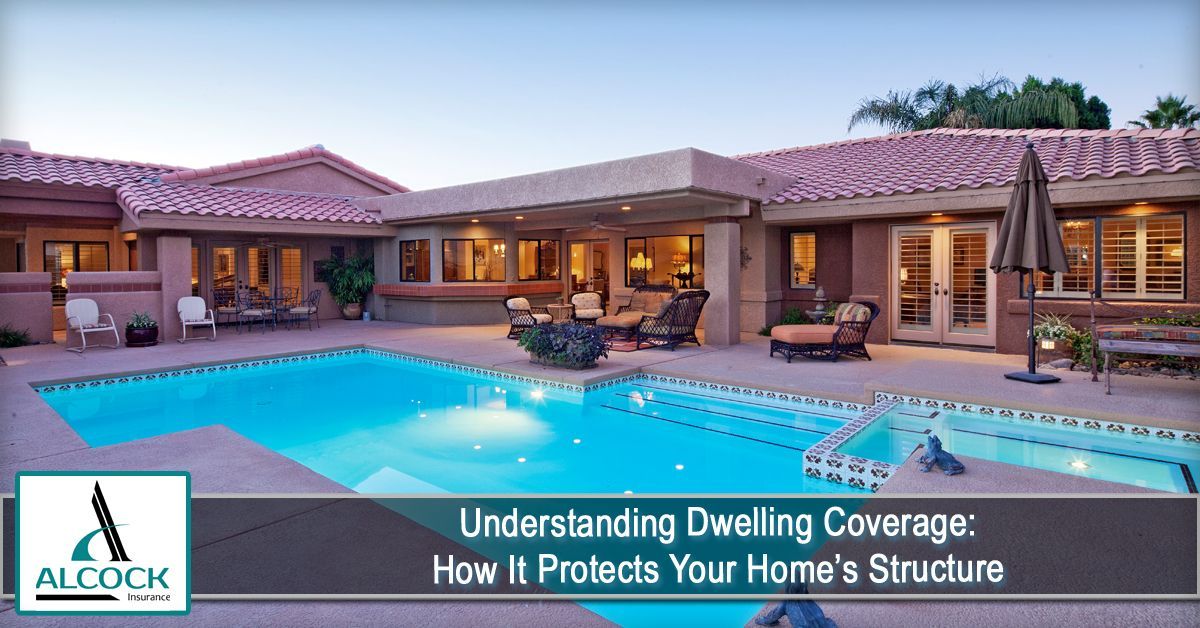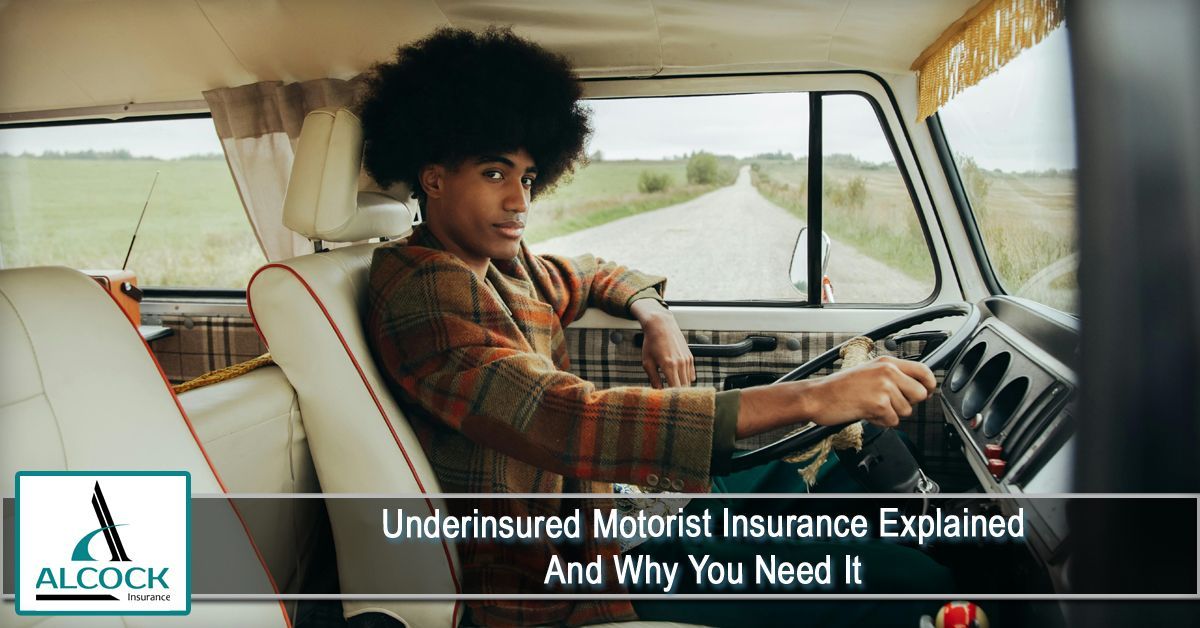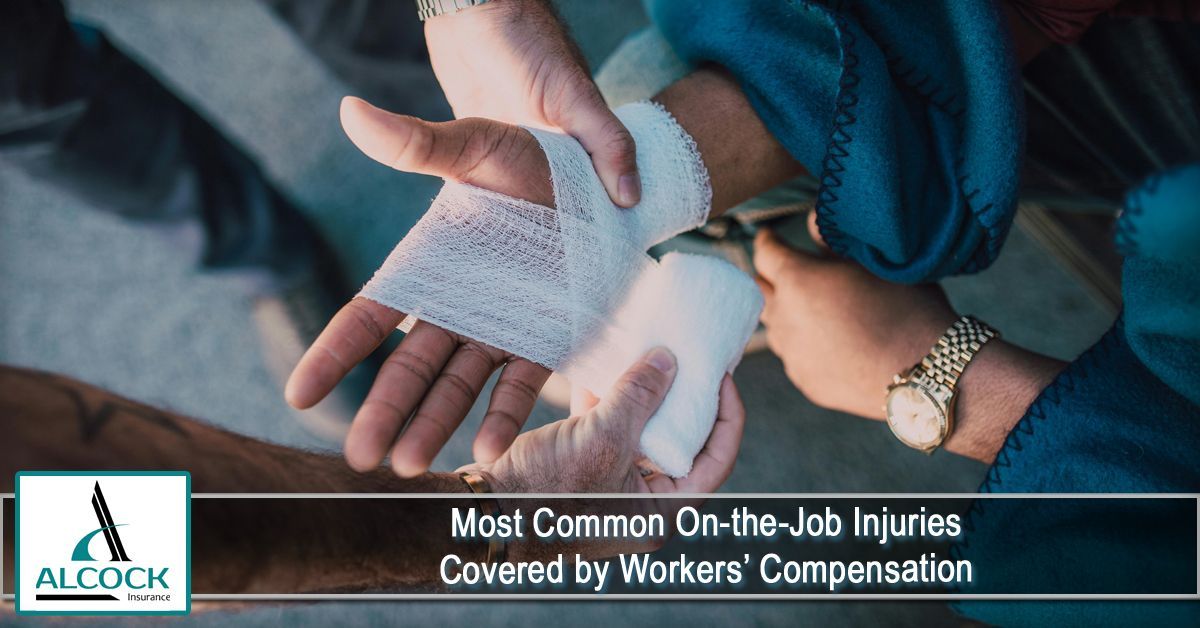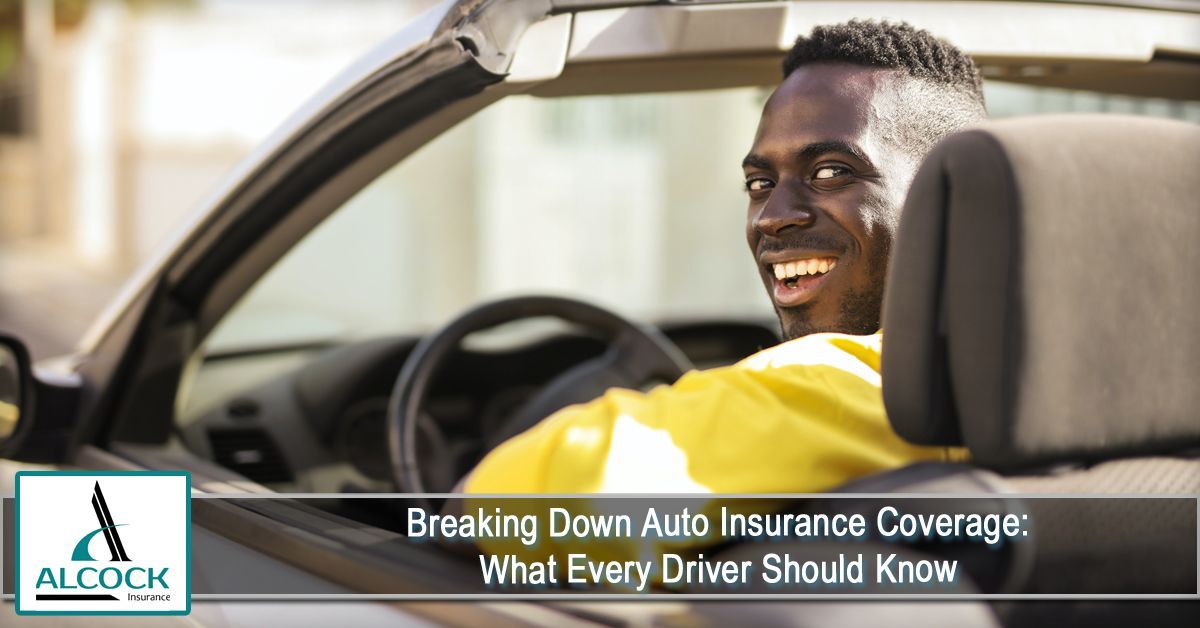
Auto insurance isn’t one-size-fits-all. The right policy blends required protections (to satisfy state law and lenders) with optional coverages (to protect your car and your wallet). Use this guide to understand each coverage, how it works, and how to choose smart limits.
The Core Coverages (Most Common)
1.Liability Insurance (Usually Required by Law)
- Bodily Injury (BI): Pays others’ medical bills, lost wages, and legal costs when you’re at fault.
- Property Damage (PD): Pays to repair others’ property (their car, a fence, a building).
- Limits: Often shown as per person / per accident / property (e.g., 100/300/100 = $100k BI per person, $300k BI per accident, $100k PD).
- Tip: State minimums are usually too low. Choose higher limits (and consider an umbrella policy) if you have savings, a home, or higher income.
2.Collision
- Pays to repair/replace your car after a crash with another vehicle or object, regardless of fault.
- You choose a deductible (the amount you pay first). Higher deductibles → lower premiums.
3.Comprehensive (“Other Than Collision”)
- Covers non-crash losses: theft, vandalism, hail, flood, fire, falling objects, glass, and animal impacts.
- Also subject to a deductible (you can often select a $0 glass deductible by endorsement).
4.Uninsured / Underinsured Motorist (UM/UIM)
- Protects you if you’re hit by a driver with no insurance (UM) or too little insurance (UIM).
- Can cover medical bills (and, in some states, property damage). Highly recommended.
5.Medical Payments (MedPay) / Personal Injury Protection (PIP)
- MedPay: Pays medical bills for you and passengers, regardless of fault.
- PIP: Broader than MedPay in “no-fault” states—may include medical bills, lost wages, and essential services.
Valuable Optional Coverages (Often Overlooked)
- Gap Insurance: If your car is totaled and the loan/lease balance exceeds the car’s actual cash value (ACV), gap pays the difference. Essential for low down payments, long loans, or leases.
- Rental Reimbursement / Transportation Expense: Pays for a rental car or rideshare while your insured vehicle is being repaired after a covered loss.
- Roadside Assistance: Towing, jump starts, flat tires, lockouts, fuel delivery.
- OEM Parts / New Car Replacement (where available):
Ensures original manufacturer parts or covers a brand-new replacement if your new car is totaled within a time/mileage window.
- Custom Equipment / Accessories: Covers aftermarket wheels, stereos, wraps—if you’ve added them, schedule them.
- Rideshare Endorsement: If you drive for Uber/Lyft, this fills gaps between your personal policy and the TNC policy.
How Claims & Payouts Work (Fast Primer)
- Deductibles apply to collision and comprehensive: Insurer pays the covered amount minus your deductible.
- Actual Cash Value (ACV): Most auto policies pay the car’s market value at time of loss (depreciated), not what you paid new.
- Total Loss: If repair costs + salvage value exceed ACV threshold, insurer “totals” the car and pays ACV (gap can cover the loan shortfall).
- At-Fault vs. Not-At-Fault: With collision on your policy, you can fix your car now and let your insurer subrogate (collect from the other carrier) later.
Picking Smart Limits (Simple Framework)
1.Start with liability:
- Aim for at least 100/300/100 (or higher) if you have assets or higher income.
- Add a $1–$2M umbrella if you want extra protection beyond auto/home liability.
2.Decide on collision & comprehensive:
- If your car is newer, valuable, or financed, keep both.
- Choose deductibles you could comfortably pay tomorrow (e.g., $500–$1,000).
3.Add UM/UIM to match liability limits:
- Too many drivers carry minimal insurance—protect yourself and your passengers.
4.Layer in helpful extras:
- Gap (loan/lease), rental, roadside, OEM parts, rideshare—as your situation requires.
What Affects Your Premium (and How to Save)
- Vehicle factors: Value, repair costs, safety features, theft rates.
- Driver profile: Age, driving history, annual mileage, garaging ZIP.
- Coverage choices: Higher limits and extras cost more; higher deductibles reduce premium.
- Discounts to ask for:
Bundle home/condo/renters with auto
Telematics / safe-driver programs
Good student, defensive driving course
Multi-car, paid-in-full, paperless, vehicle safety features
Quick Scenarios: Which Coverage Responds?
- You rear-end someone:
Your liability (PD/BI) pays their damage/injuries; collision fixes your car.
- Hail dents your hood: Comprehensive.
- Hit-and-run damages your car:
Collision (or UM property damage where available).
- Deer jumps into the road: Comprehensive (animal impact).
- Your parked car is sideswiped and the driver disappears: Collision.
- You’re hit by an uninsured driver and injured:
UM/UIM (medical/lost wages per state rules).
- New car totaled, loan balance exceeds payout: Gap.
Bottom Line
Every driver needs strong liability and UM/UIM; most owners of newer or financed cars should also carry collision and comprehensive. Add targeted extras (gap, rental, roadside) to fit your budget and risk. With the right mix, you protect people, property, and your finances—and avoid surprises after a crash or catastrophe.
At Alcock Insurance, we are committed to offering our clients a wide range of comprehensive and affordable insurance policies. We go above and beyond to ensure that we meet your unique needs with tailored solutions. To find out more about how we can assist you, please reach out to our agency at (252) 353-1700 or
CLICK HERE to request a free, no-obligation quote.
Disclaimer: The content provided in this blog is for informational purposes only and should not be considered professional advice. For personalized guidance, it is important to consult with a qualified insurance agent or professional. They can offer expert advice tailored to your individual situation and help you make well-informed decisions about your insurance coverage.


